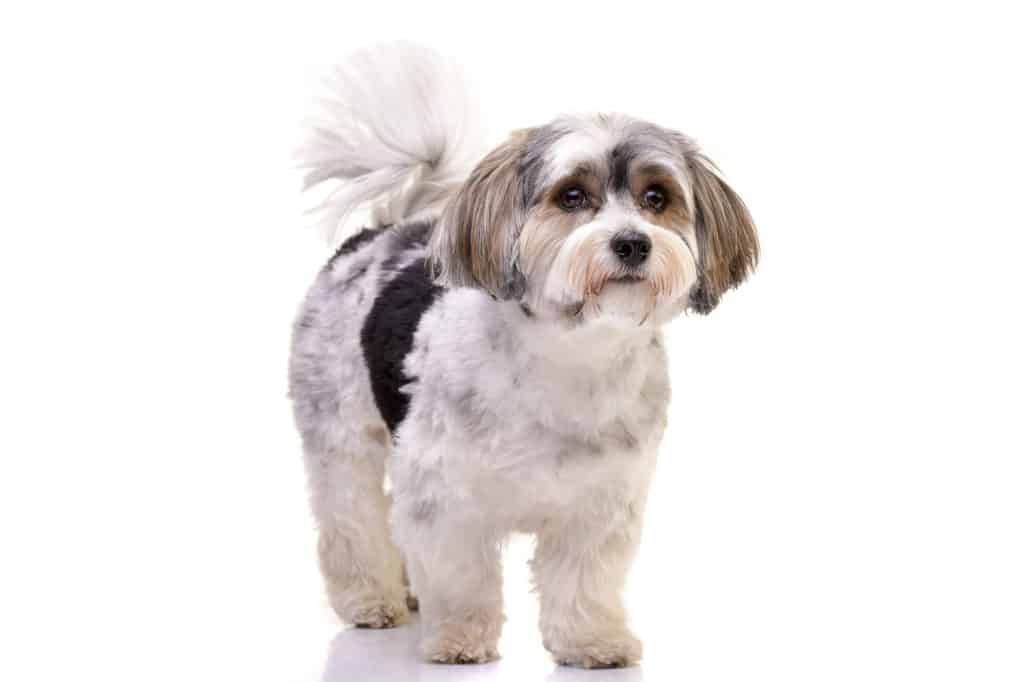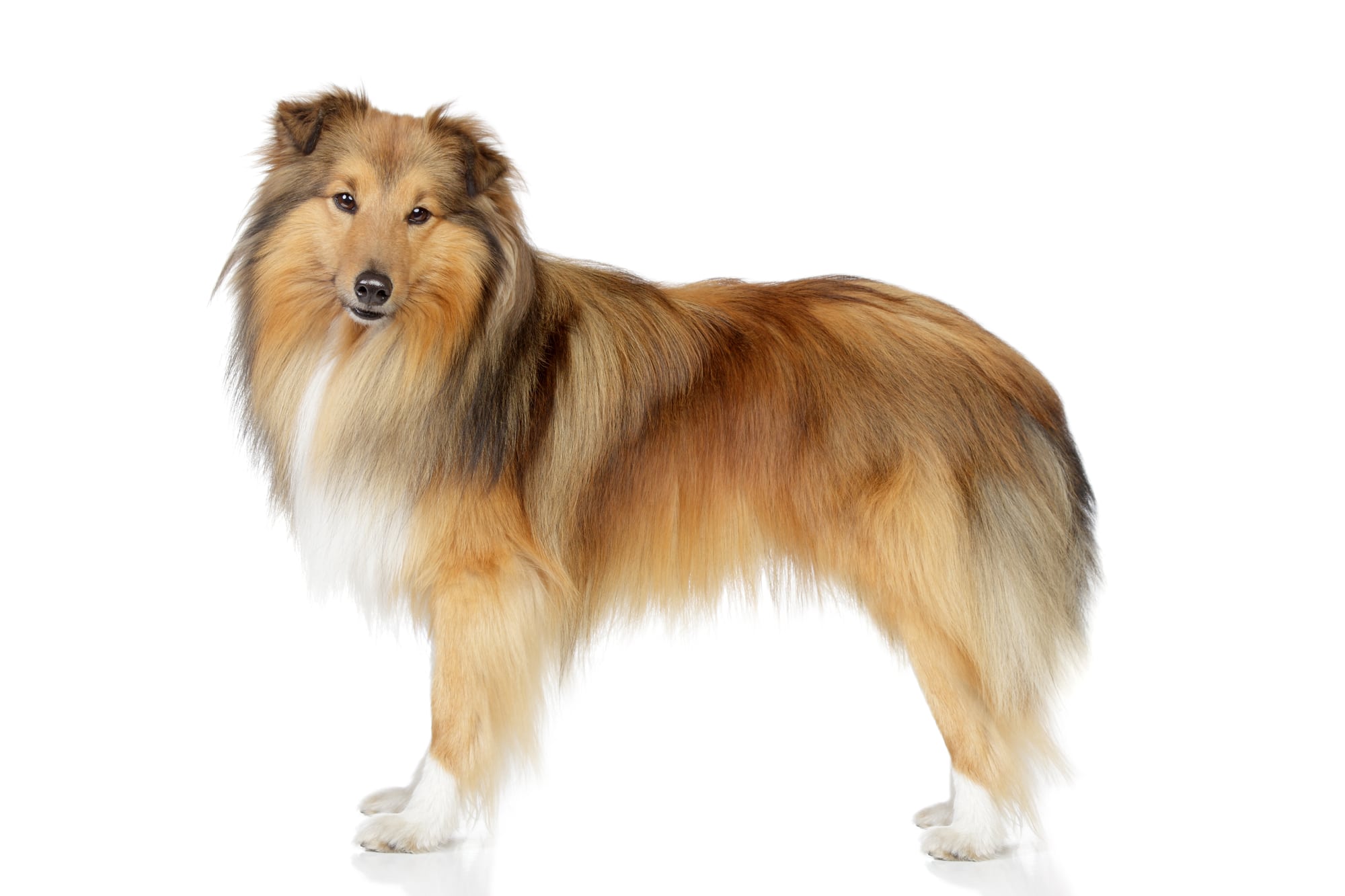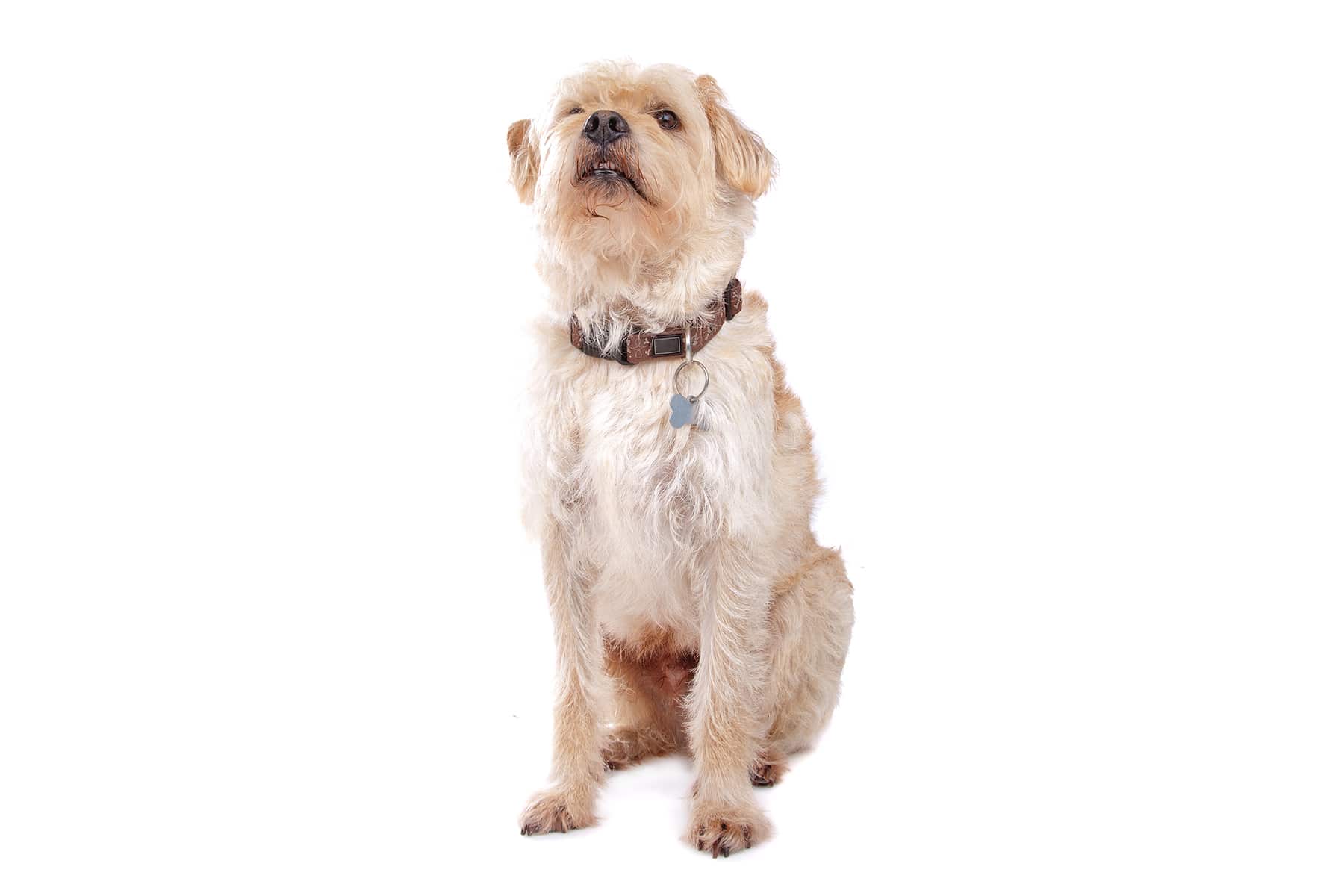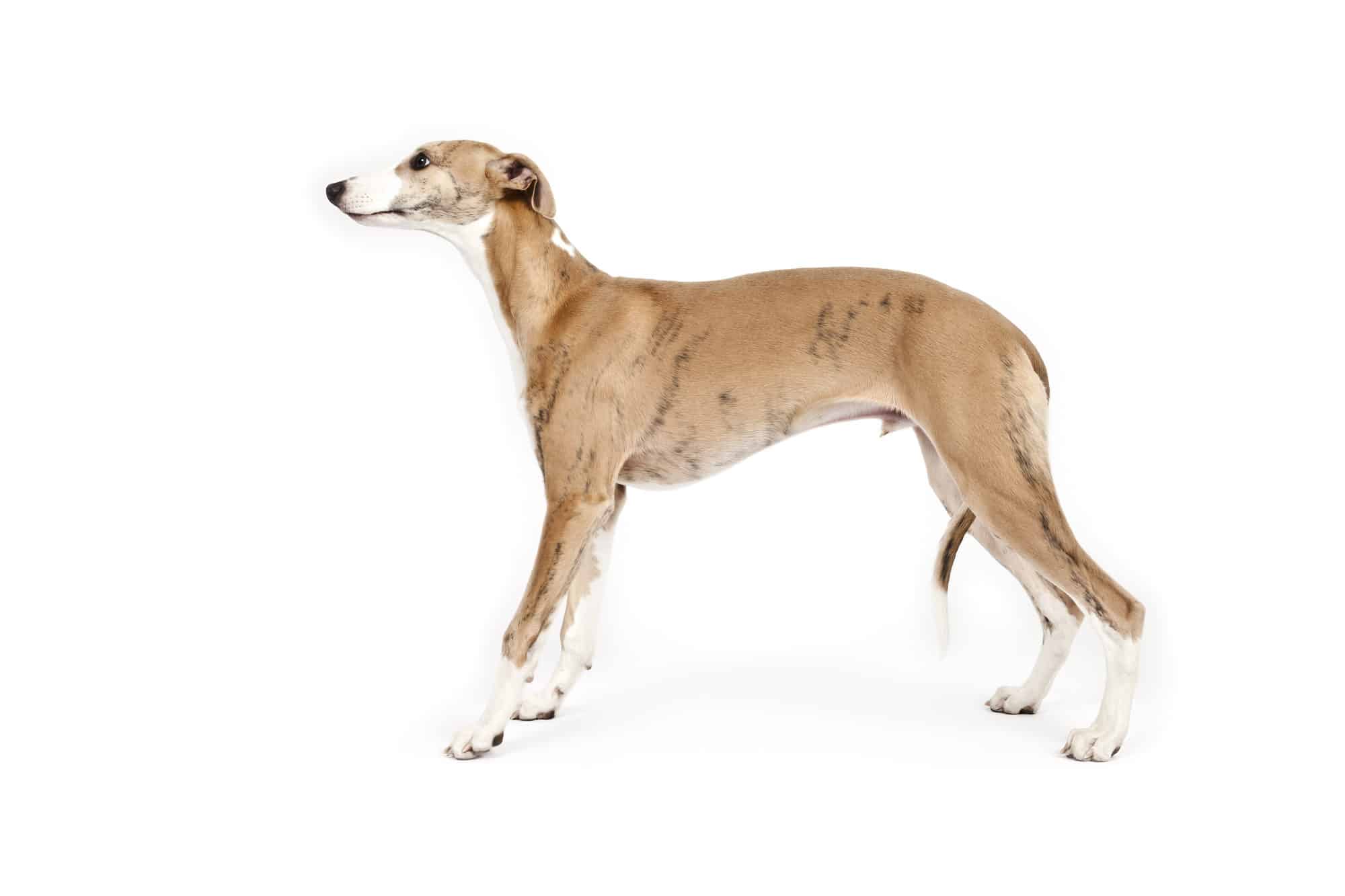Catalan Sheepdog
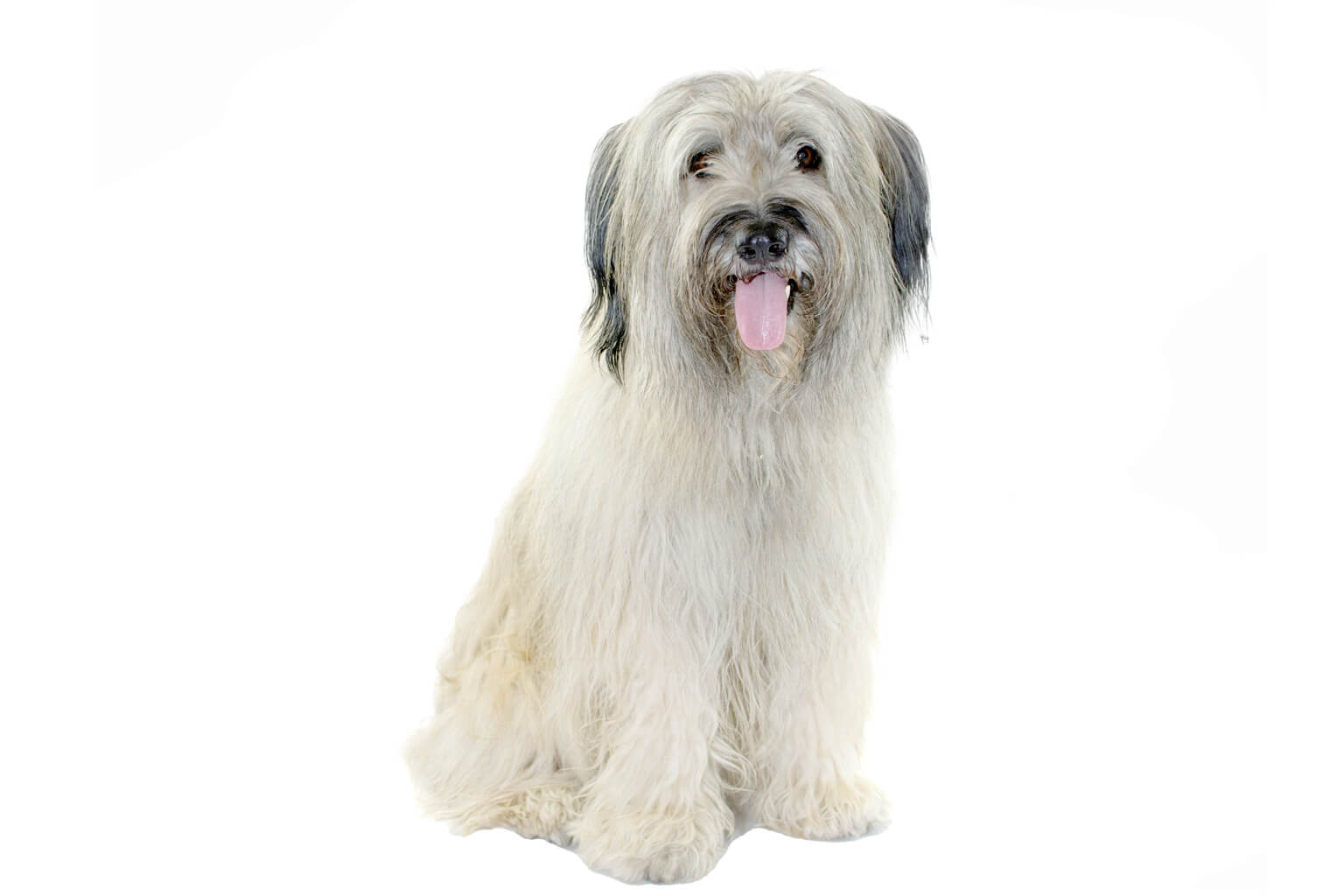
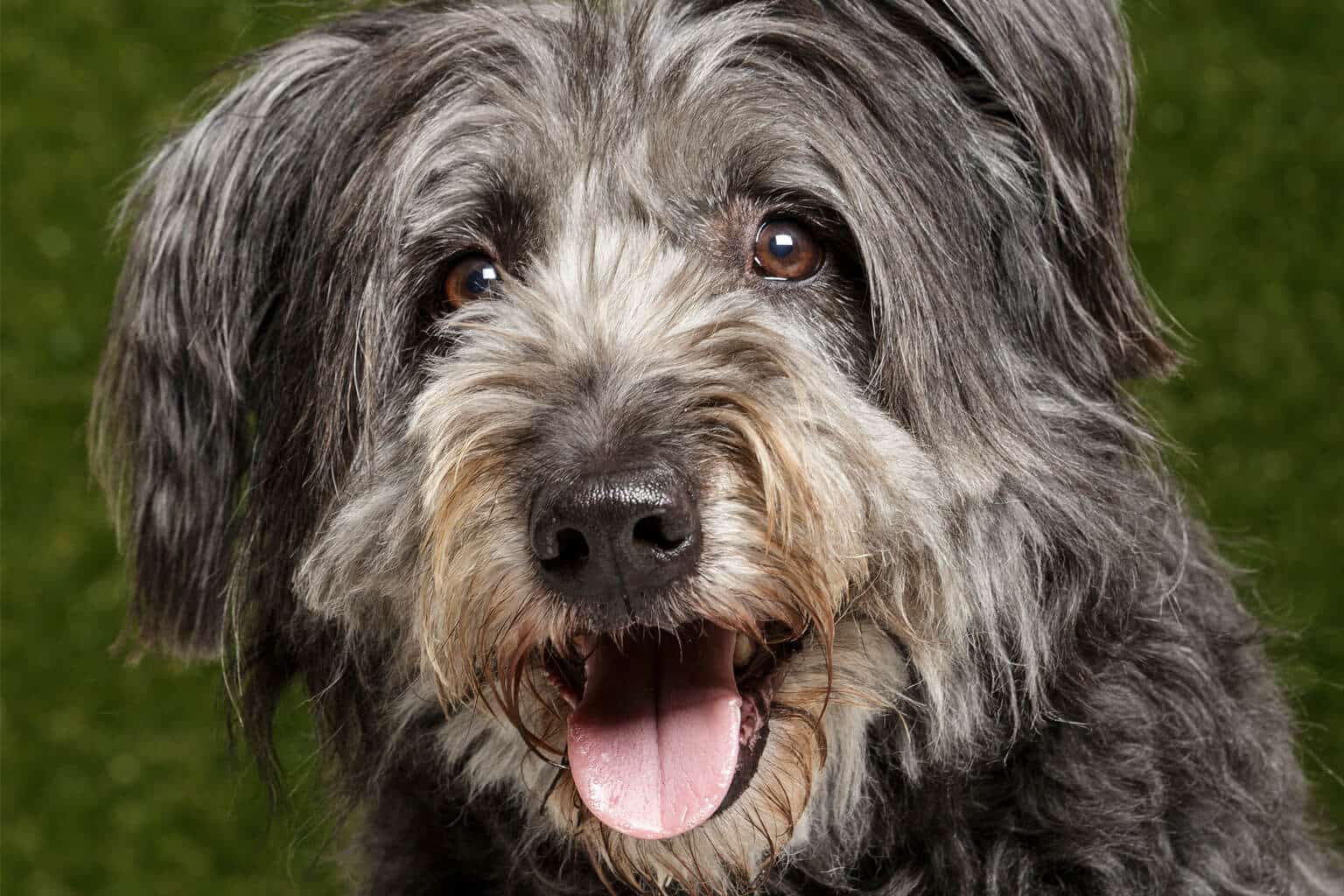
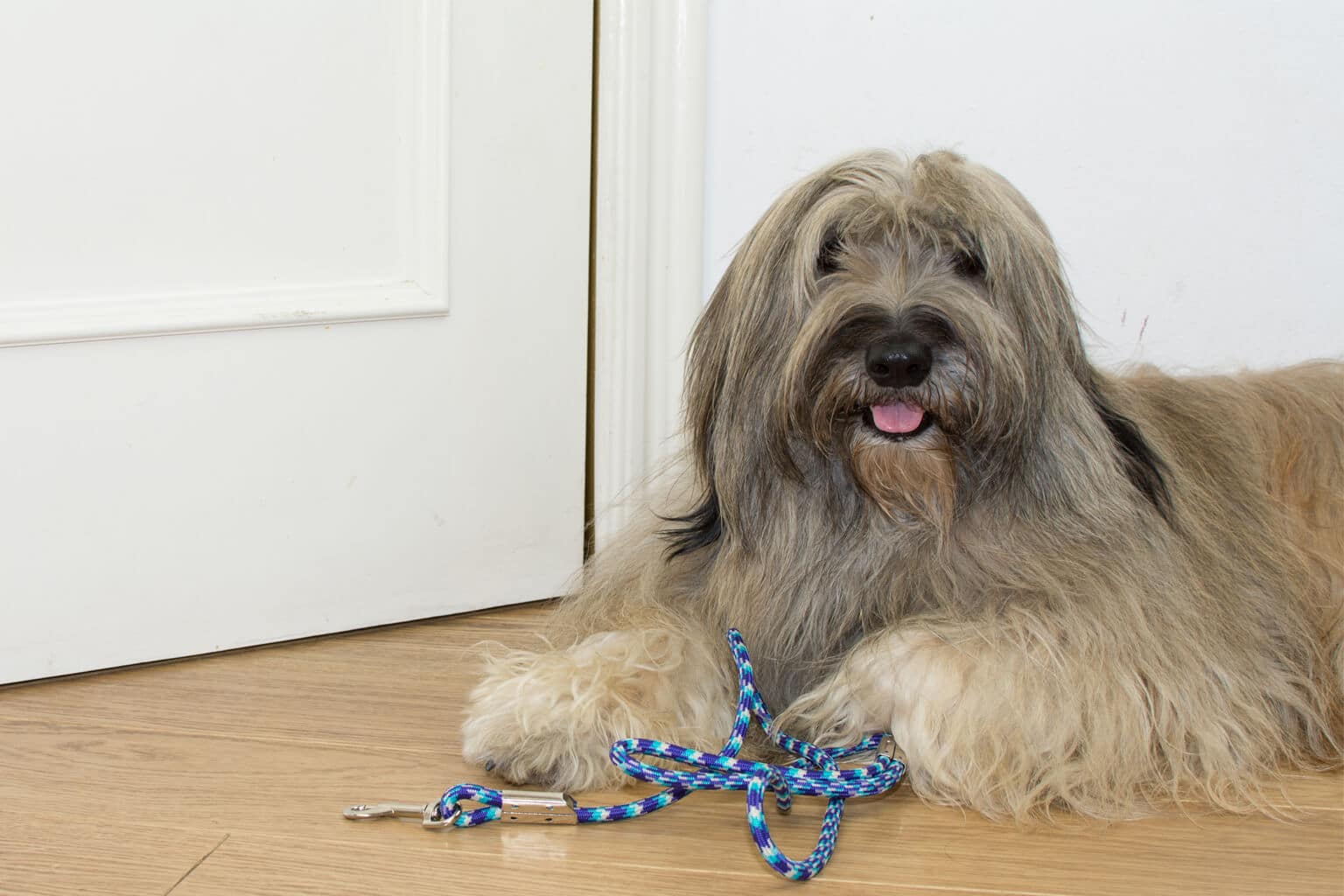
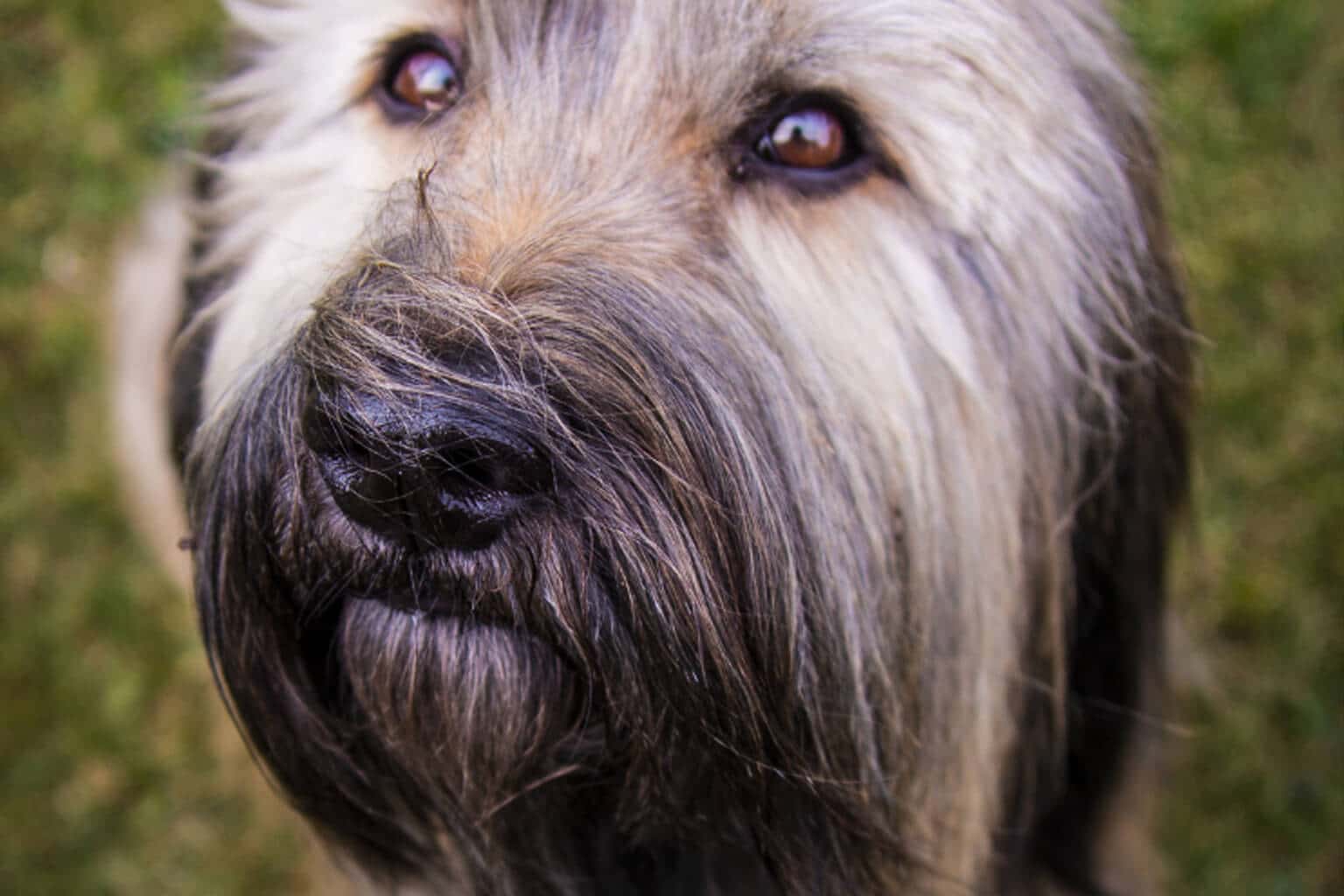
Temperament:
The Catalan Sheepdog, also known as the "Gos d'Atura Català", is a wonderful breed of dog. It is a loyal friend, an intelligent helper and a wonderful companion for active people. Discover the fascinating world of this medium-sized four-legged friend, which originates from Spain and has won the hearts of many dog lovers.
Characteristics
The Catalan Sheepdog is a real working dog. It is intelligent, willing to learn and very adaptable. Its pronounced loyalty and sense of responsibility make it a reliable partner. As a family dog, it is affectionate and caring. He is very child-friendly and patient with children. He is always alert and protective of his family.
The Catalan Sheepdog is a social dog that gets along well with other dogs. Early socialization is important to encourage his natural abilities. It is a confident and courageous dog that can be reserved towards strangers. Good training and leadership are important to allow him to develop his full potential.
His medium-length, wavy to curly coat gives him a special look and protects him from the cold, heat and thorny bushes. He is an active dog who likes to move around and is enthusiastic about various activities such as agility, obedience or hiking.
Coat care:
Shedding:
Energy level:
Trainability:
Children suitable:
The right food
When choosing food, make sure that it contains high-quality ingredients, is balanced and meets your dog's requirements. Age, size or weight, activity and health status play an important role. You should follow the manufacturer's recommendations for the amount of food.
Treats should only be fed in moderation and deducted from the basic diet to avoid obesity.
Puppies can be fed 4-6 times a day. The number of meals should be gradually reduced to 2 per day until the dog is fully grown. A rest period should be observed after meals.
Fresh drinking water should be available at all times.
Health & Care
The Catalan Sheepdog is robust and not very susceptible to disease. Nevertheless, hip dysplasia, eye problems or allergies can occasionally occur. Regular visits to the vet and check-ups are important in order to detect these at an early stage.
Grooming the Catalan Sheepdog is easy. Brush his coat once a week to prevent matting and remove dead hair. Pay attention to his ears and clean them carefully to prevent infections. Dental hygiene is also important, so teeth should be checked and cleaned regularly. Trim claws when necessary to avoid pain and injury.
Suitable accessories
We recommend the following accessories for the Catalan Sheepdog: a sturdy collar or harness and a suitable lead for walks and training sessions. A dog tag with your contact details is important for your dog's safety. A comfortable dog bed or a cozy blanket for his sleeping area.
Toys that challenge the Catalan Sheepdog mentally and physically are also recommended. Food and water bowls as well as a brush for regular grooming should not be missing. If necessary, a clipper can also be useful for grooming.
Other accessories that should be part of every dog's basic equipment: tick tweezers, claw clippers, mild dog shampoo, toothbrush and toothpaste for dogs, transport box for transportation in the car and a first aid kit. Ask your vet what belongs in the first aid kit.
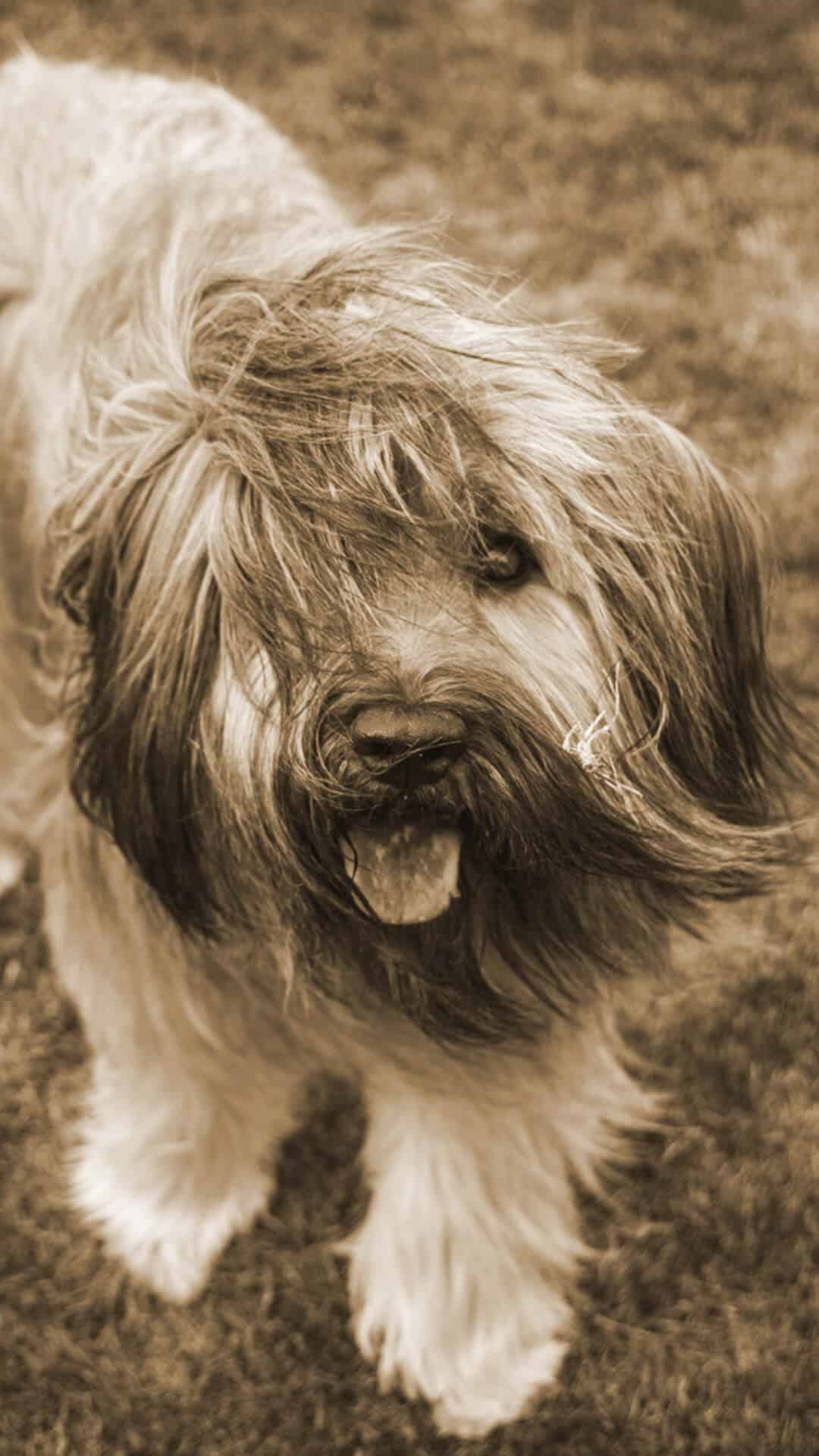
Origin & History
The Catalan Sheepdog originally comes from the Catalonia region in north-eastern Spain. For centuries, it has been used as a working dog, primarily for herding sheep and cattle. Its intelligence, loyalty and endurance made it the ideal companion for Catalan shepherds.
Over the course of the 20th century, the importance of sheep and cattle breeding in Catalonia declined and with it the number of Catalan Sheepdogs. Fortunately, lovers of this breed recognized its special characteristics and endeavoured to preserve and promote it.
In the 1970s, the Catalan Sheepdog began to be selectively bred and made known outside of Spain. The Fédération Cynologique Internationale (FCI) officially recognized the breed in 1980.
Today, the Catalan Sheepdog is valued in many countries as a family dog and companion. Its natural abilities are also used in various dog sports such as agility, obedience and dog dancing. In Catalonia, it is still an important part of the regional culture and tradition.
